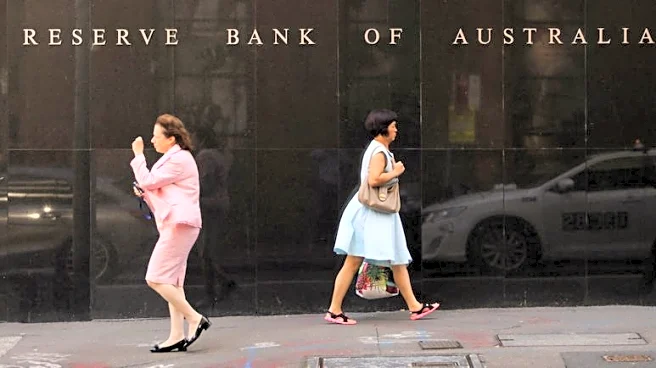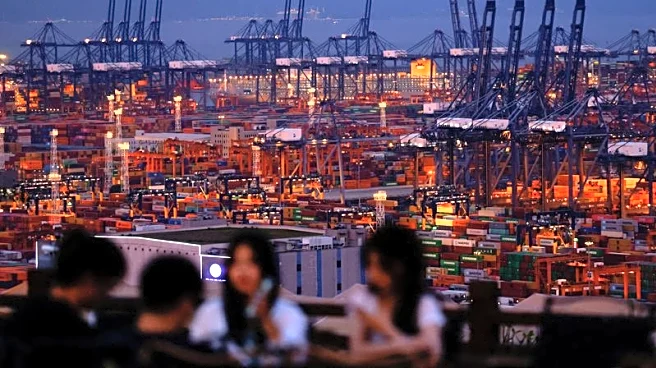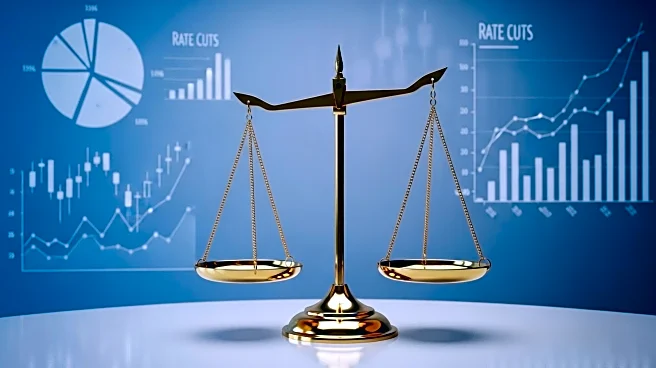What's Happening?
Recent data from the Australian Bureau of Statistics indicates that inflation has risen to 3% as of August 2025, marking an increase from 1.9% in June. This rise places inflation at the upper limit of the Reserve Bank of Australia's target range of 2% to 3%. The increase is attributed to factors such as the expiration of electricity bill subsidies, which have contributed to higher power prices. Economists are revising their predictions for interest rate cuts, with expectations now pushed to mid-2026. The inflation data has raised concerns about the potential impact on consumer spending and economic growth.
Why It's Important?
The rise in inflation could have significant implications for Australia's economic policy and consumer behavior. Persistent inflation may delay anticipated interest rate cuts, affecting borrowing costs and economic activity. Higher inflation can erode purchasing power, potentially dampening consumer spending and confidence. The situation underscores the challenges faced by policymakers in balancing inflation control with economic growth objectives. The Reserve Bank of Australia's cautious approach reflects the complexity of managing inflationary pressures while supporting economic recovery.
What's Next?
The Reserve Bank of Australia is expected to maintain its current interest rate stance, with potential adjustments contingent on future inflation data. The upcoming inflation report for the September quarter will be closely watched for further insights into inflation trends. Policymakers and economists will continue to assess the impact of inflation on economic growth and consumer behavior, informing future monetary policy decisions.











